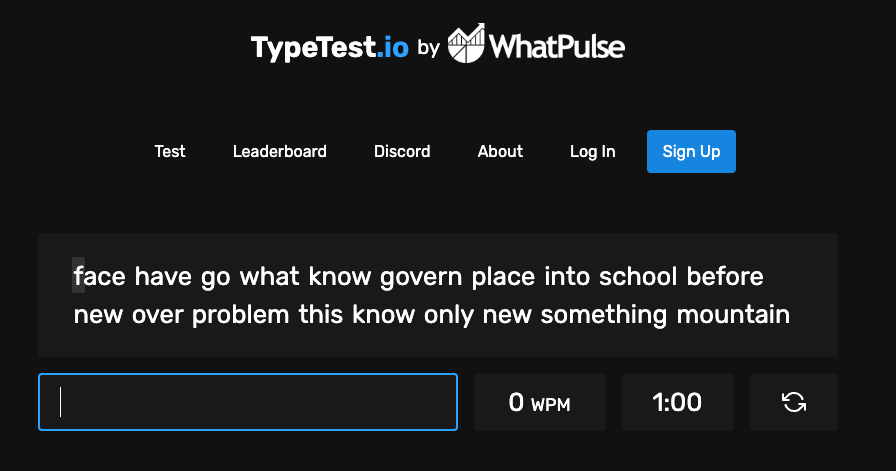If you've ever installed WhatPulse on a Windows computer, you have probably seen a popup asking to install NPcap. The installer mentions something about using it for network monitoring, but what is NPcap exactly? This blog post aims to demystify NPcap, explaining its functions, installation requirements, and its interaction with WhatPulse.
What is NPcap?
NPcap is a packet capture library for Windows, widely respected for its performance and compatibility between versions of Windows. It serves as a core component for network monitoring and analysis applications, capturing network traffic on the network interface directly and providing detailed insights into the network traffic goingin and out of a computer. It's essential for developers, network administrators, and cybersecurity experts who need to diagnose network issues or monitor traffic for suspicious activities.
How Does NPcap Work?
At its core, NPcap works by operating deep in the kernel of the Windows operating system, which allows it to intercept and log network traffic that passes through network interfaces—be it Ethernet (cabled), WiFi, or others. This low-level operation is crucial for capturing a detailed and accurate snapshot of network activity without missing a beat.
Because it's so low-level, it's required to use administrative permissions to install NPcap.
No NPcap?
If NPcap isn't available on a computer, WhatPulse uses network interface counters as a fallback mechanism. These counter provide basic statistics about the network traffic being transmitted and received over the network. While they do not offer the same level of detail as NPcap, they still allow WhatPulse to gather useful network statistics. These counters are less invasive and do not require administrator privileges, making them an excellent alternative for users who prefer not to install additional software.
However, the statistics will be limited to network interface stats only. Without NPcap, there will be no per-application, geographical, or protocol network stats. Network statistics collected through the network interface counters are also not sent to the website, so they do not count towards the unpulsed stats.
Types of Network Statistics Gathered by WhatPulse
WhatPulse collects different types of network statistics, which provide insights into computer behavior and network efficiency. These include:
- Data Usage: Total bytes sent and received.
- Network Activity: Timestamped stats of active usage that's used for the real-time network traffic chart.
- Application Data: Network usage per application, which helps identify which apps consume the most bandwidth.
- Geographic Statistics: Data usage distributed by location, useful for tracking where your data is going to and coming from.
Conclusion
NPcap provides a deep level of monitoring by capturing every packet on the network, while WhatPulse offers a user-friendly interface to view and analyze this data. Whether you're a casual user curious about your network usage or a power user seeking to optimize network performance, these tools provide valuable insights into your network.

